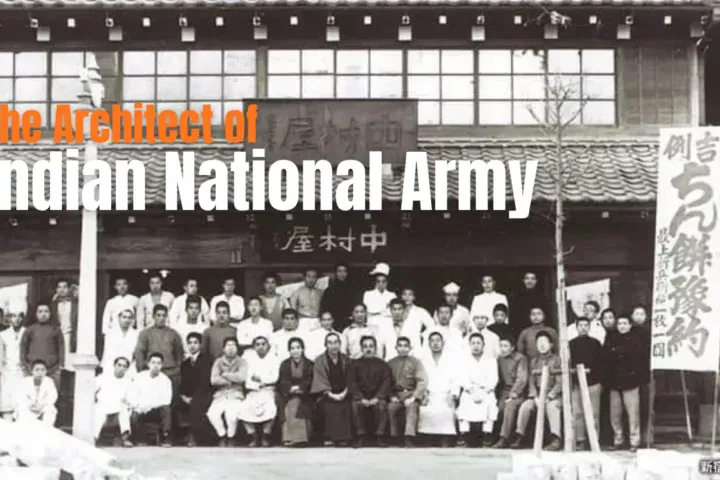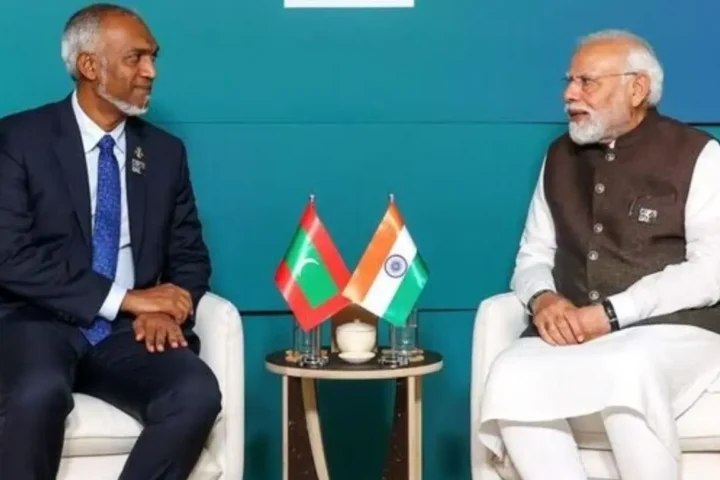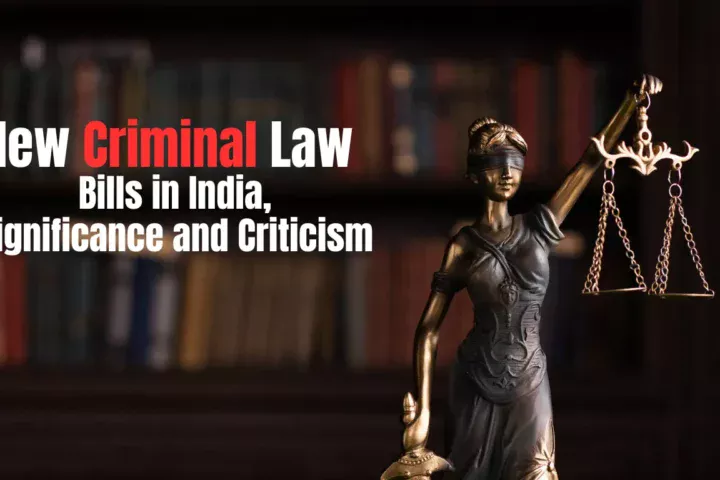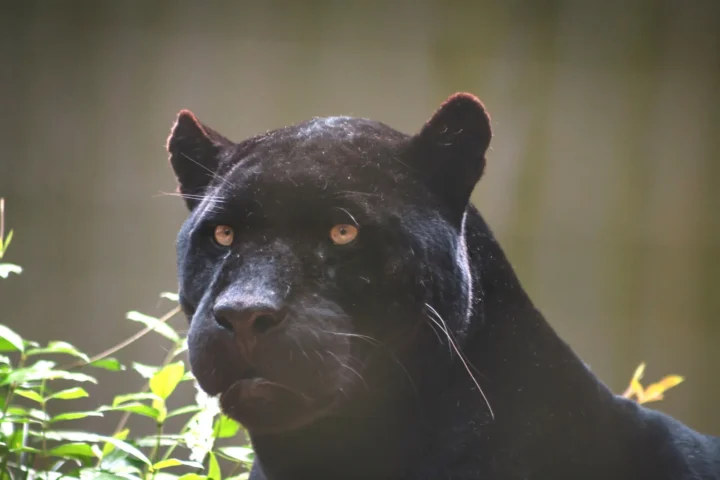I bow my head to the holy feet of Rash Behari Bose, The Architect of Indian National Army, Father of Armed Revolution in India and obviously the true GURU of Netaji Subhas Chandra Bose on his 78th death Anniversary!

am sure about it that both the Government of Bengal and obviously the Government of India will forget to pay him back today as they have been forgot to pay him in last 77th years.
Rash Behari Bose : Life of a divine soul of Motherland who is neglected in India in last 77 Years.
When it comes to the Azad Hind Fauj (also known as Indian National Army or INA) and its courageous attempts to overthrow the British colonial rule in India, the first name that comes to our mind is Netaji Subhas Chandra Bose, However, not many know that the spadework for this legendary organisation was done by another Bose.
An unsung hero of India’s struggle for Independence, Rash Behari Bose was once an officer of the Raj itself (he worked as the head clerk at the Forest Research Institute in Dehradun) but he sacrificed his job and easy life to join the Indian revolutionary struggle. Deeply aggrieved by the Partition of Bengal, he played a key role in the Delhi Conspiracy Case (the assassination attempt on the British Viceroy, Lord Hardinge), the Banaras Conspiracy Case and the Ghadr Conspiracy at Lahore.
Facing a certain death sentence if captured, Bose fled to Japan where he continued to serve the cause of Indian freedom. A regular writer on Indian affairs in Japanese publications of the time, his efforts were instrumental in persuading the Japanese authorities to support the Indian independence movement. He also founded the Indian Independence League (the precursor of INA) before passing on the baton to Subhas Chandra Bose.
After living underground in Chandan Nagar (the town in Bengal he grew up in) for about an year, in April 1915, Bose set sail for Japan under the false identity of poet PNThakur. He arrived at the port city of Kobe in June 1915, and made his way to Tokyo. Here, he established contact with Pan-Asian leaders sympathetic to the Indian cause, including influential rightist politician, Mitsuru Toyama.
Such was the fear Bose inspired in the British that they hired detective agencies with the express purpose of tracking or assassinating him. They finally managed to trace the revolutionary to Tokyo and asked the Japanese government to extradite him to India. At that time, Bose was living at the home of Toyama. This protected him from being immediately arrested by the Japanese police (the police were wary of raiding the house of a leader as influential as Toyama).
Amid the tiny shops and narrow alleyways of this bustling locality, he found shelter at the Nakamuraya bakery owned by the wealthy Soma family.
Aizo and Kotsuko Soma were supporters of the Indian cause and they hid Bose for many months in the basement of their quarters. Aware of the dangers of letting outsiders know about Bose’s whereabouts, the Somas were careful about entrusting his care only to family members.
Soon, an affectionate relationship developed between the family and the revolutionary. It was during this time that Bose introduced the Soma household to a recipe close to his heart. The family loved the delicious Indian curry and it soon became a family favourite.
Meanwhile, a British ship had fired at a Japanese merchant carrier and relations between the two countries had soured. As a result, the deportation order on Bose was withdrawn by the Japanese government.

Now that he was free to stay and move around in Japan, Bose asked Aizo and Kotsuko’s permission to marry their elder daughter, Toshiko, with whom he had fallen in love. As Toshiko reciprocated his feelings and they themselves were very fond of him, they agreed to his proposal and the couple married in a simple ceremony in July 1918.
Toshiko married Bose at a time when marriage to foreigners, especially to one in exile, was considered the worst case by Japanese society. Not only did she willingly accept the life of a social outcast, she shouldered most of the domestic responsibilities so as to let Bose pursue his goal of Indian independence with single-minded devotion.
Thanks to Toshiko’s unwavering love and support, it seemed as if things had finally started to look up for Bose. But this did not last long. In 1925, at the age of 28, Toshiko suddenly passed away due to tuberculosis, leaving behind two young children. A grief-stricken Bose threw himself into work. Two years later, he decided to partner with his father-in-law to set up a small restaurant on top of the bakery that would sell Indian-style curry and rice.
The selection of ingredients and preparation of the dish – named Indo Karii – was personally supervised by Bose who wanted Asians to experience India’s food and culture without the exchange being mediated by Westerners.
The curious citizens of Tokyo began flocking to the restaurant to taste authentic Indian food and soon the restaurant grew into such a big venture that it became one of the first food companies to go public on the Japanese stock exchange.
Thanks to newspapers that zealously wrote about his struggles against imperialism and his romance with Toshiko, ‘Bose of Nakamuraya’ became a household name in Tokyo and his ‘Indo-Karii’ was famously christened the ‘taste of love and revolution’.
All this while, Bose continued to work towards the independence of India. From founding the ‘Indian Club’ of Tokyo to spreading his ideas through writings and anti-British radio broadcasts, he worked tirelessly to rake in global support to end British colonial rule in India. For instance, in a letter in The United States of India in July 1925, he strongly condemned the deployment of Sikh policemen in the Shanghai massacre. Highlighting it as another instance of colonial abuse of Indian manpower, he wrote:
“… So long as Britain has control over India, the lives and property of weaker nations are not safe, and peace can never reign in the world… The Indian independence therefore is not a question which concerns the Indians only; it is a question which concerns the whole world…”
He also keenly followed the development of the nationalist movements in India, especially of Gandhi and Subhash Chandra Bose. While he admired Gandhi’s ideas and spirit of sacrifice, he was far more impressed by the younger leader who he described as the “person of today”.
When World War II broke out and Singapore fell to Japan in 1942, there were around 32,000 Indian prisoners-of-war in Southeast Asia. Major Fujiwara (who was in charge of Singapore) had promised these Indian soldiers that he would offer them all the assistance in the fight against the British.
Bose left Tokyo and travelled to Bangkok to help them achieve their aim of liberating India with help from the Japanese. It was here that he founded the Indian Independence League to consolidate the revolutionary uprising against the British, with INA being the military wing of the league. He also invited Indian representatives from Malaya, China, Japan and Thailand to join the struggle.
In May 1943, he met Subhas Chandra Bose (who had arrived in Japan after a secretive submarine journey from Berlin) for the first time and conversed in fluent Bengali. A month later, he transferred the leadership of Indian Independence League to his younger, charismatic namesake(BOSE ; The Hero).
In 1944, Bose suffered a collapse of his lungs from which he never fully recovered. Hospitalised in Tokyo, he would spend his days listening to radio broadcasts of the progress of the INA, hoping to hear the news of liberation of his beloved motherland. Sadly, he passed away in Tokyo in January 1945, two years before India became independent.
There is an memorable anecdote about Bose’s last weeks in the hospital.
Questioned by his doctor about his appetite, a glum Bose answered, “How can I have an appetite when the nurses don’t allow me to have the food I most desire?”
“And what is that?” asked the doctor. The answer, of course, was the Indian curry from Nakamuraya!
Compared to the charismatic Netaji, Rash Behari Bose’s role in the Indian freedom struggle remains relatively unknown in popular history. However, the chicken curry introduced by this multi-faceted freedom fighter remains alive in the popular imagination of his adopted home.
As for the flagship restaurant, it still stands in its original location in Shinjuku with a foyer adorned by vintage photographs of the Soma family and the Indian revolutionary they sheltered. If you are ever in Tokyo, remember to pay this historic eatery a visit. After all, where else will you get to try the “taste of love and revolution”?
The master of disguise, the great revolutionary Rash Behari Bose was born on May 25, 1886 in a small village, named Subaldaha in Burdwan district of West Bengal and left his last breath in Tokyo, Japan on 21st January 1945.
In the year of 1943, the Japanese government honoured him with the highest title given to a foreigner – “The Second Order of Merit of the Rising Sun.”
And however we in India have not paid him back till date to this Great Unsung Hero.
Regards: NG Banerjee
DATA BASE : National Archives of Japan
Sharing is caring!








